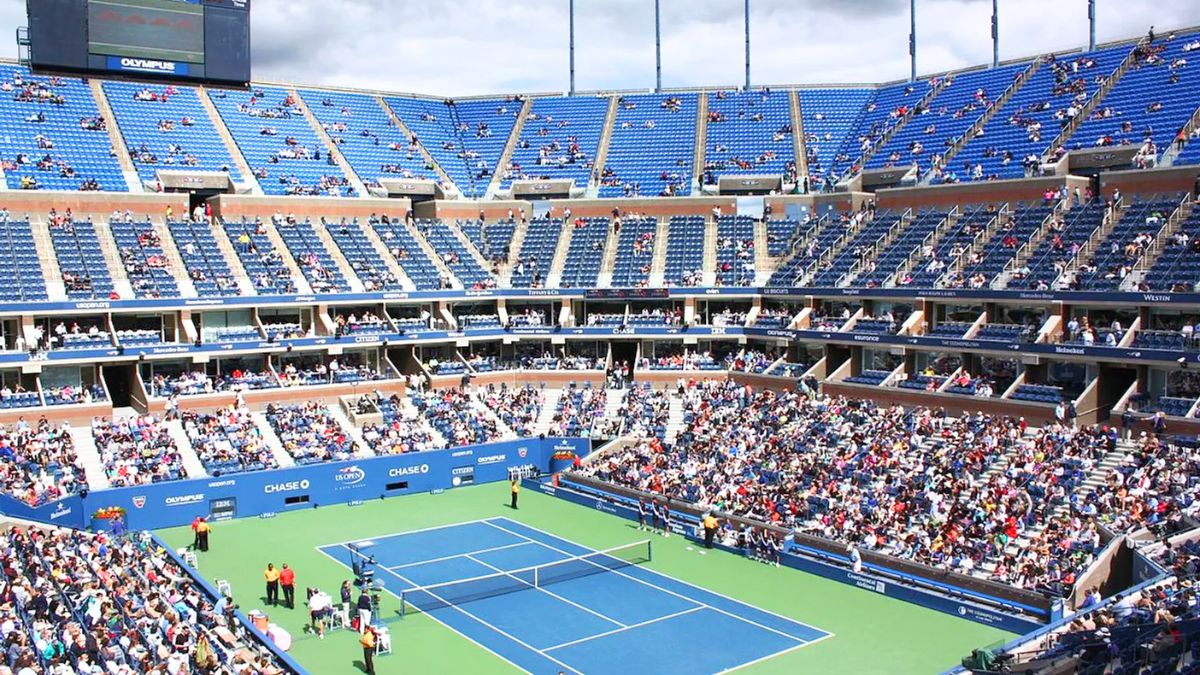One of the primary venues at the U.S. Open, one of the four Grand Slam tennis competitions, is Arthur Ashe Court. It has a major place in the history of tennis and civil rights because it was named after the renowned tennis player Arthur Ashe. Only this court is used for key games and matches involving high seeds. Here is a quick overview of Arthur Ashe’s history at the US Open.
Also Read: Top Six US Open Players in History
As a component of the USTA Billie Jean King National Tennis Center in Flushing Meadows, New York, Arthur Ashe Court was formally opened in 1997. The facility was initially built for the 1964 World’s Fair and later served as the U.S. Open’s long-term home.
Tennis legend Arthur Ashe was well-known not only for his prowess on the court but also for his support of social justice and civil rights. He won the U.S. Open in 1968, the Australian Open in 1970, and Wimbledon in 1975, becoming the first African American male player to do it.
The influence of Arthur Ashe went beyond tennis. He used his platform to speak out against apartheid, racial inequality, and other social issues. Ashe was a well-liked person on and off the court, and he still serves as an example for many.
To recognize his contributions to the game and society, the main stadium at the USTA Billie Jean King National Tennis Center was christened Arthur Ashe Stadium in 1997. This was an appropriate homage to Ashe’s history and his impact on the tennis community.
In order to boost its seating capacity and improve the entire experience for players and fans, Arthur Ashe Stadium has undergone a number of additions and upgrades over the years.
With the addition of a retractable roof in 2016 to allow play to continue in case of rain, it grew to become the largest tennis arena in the world. Because of the stadium’s fame and importance, the story of the tournament revolves around it every year.
In honor of Arthur Ashe’s accomplishments, his contributions to tennis and social advancement, and his enduring legacy, Arthur Ashe Court, now known as Arthur Ashe Stadium, stands today. It remains the centerpiece of the U.S. Open and a representation of both the sport’s illustrious past and its capacity to spur constructive change.





